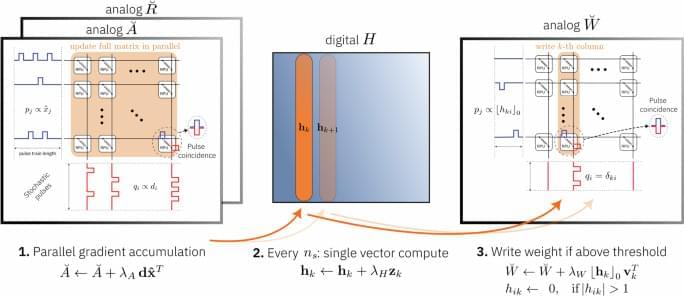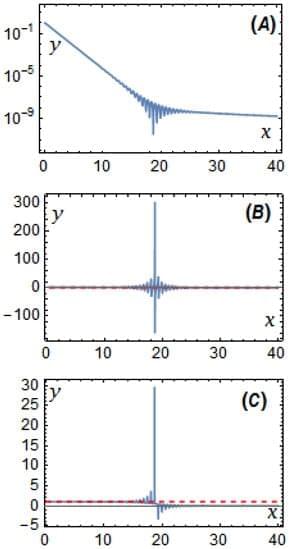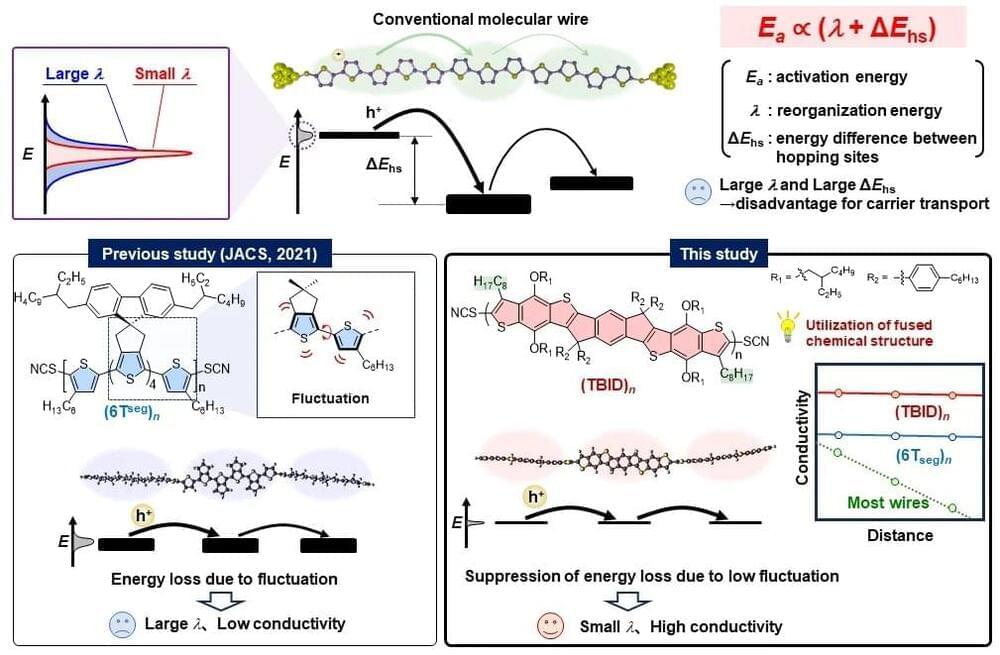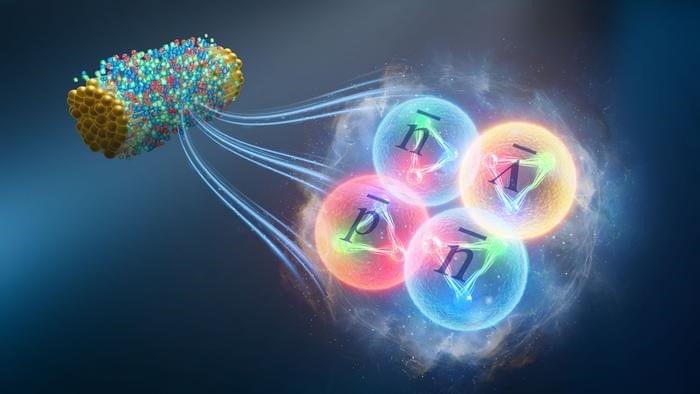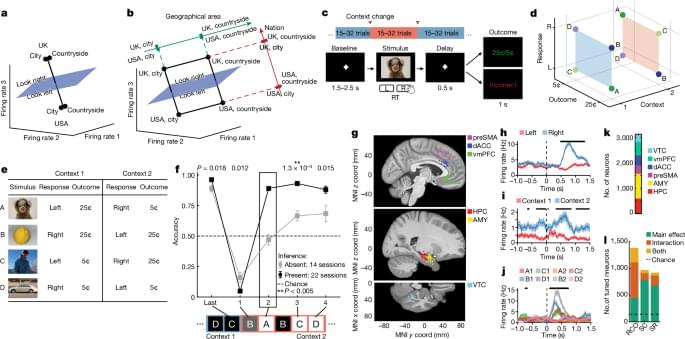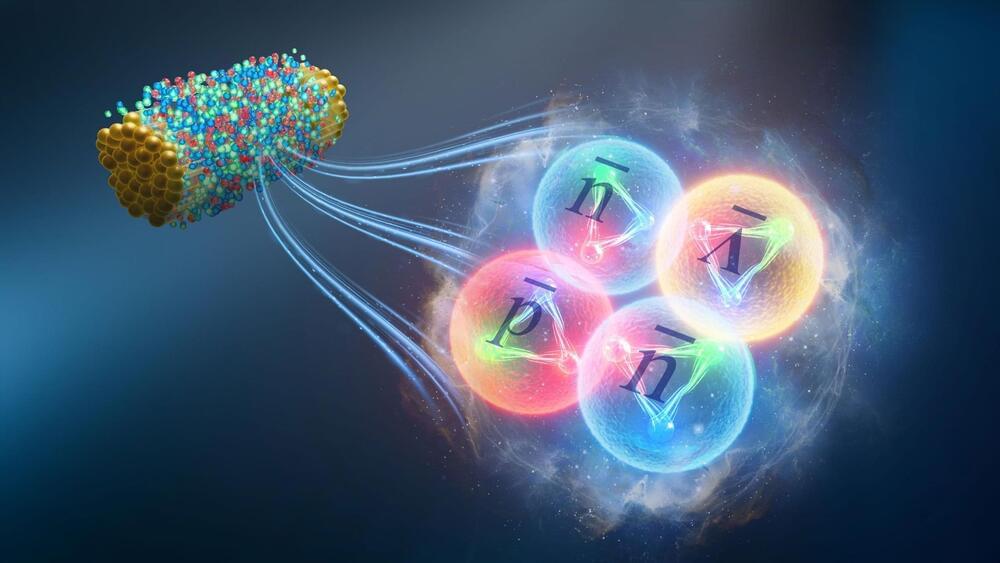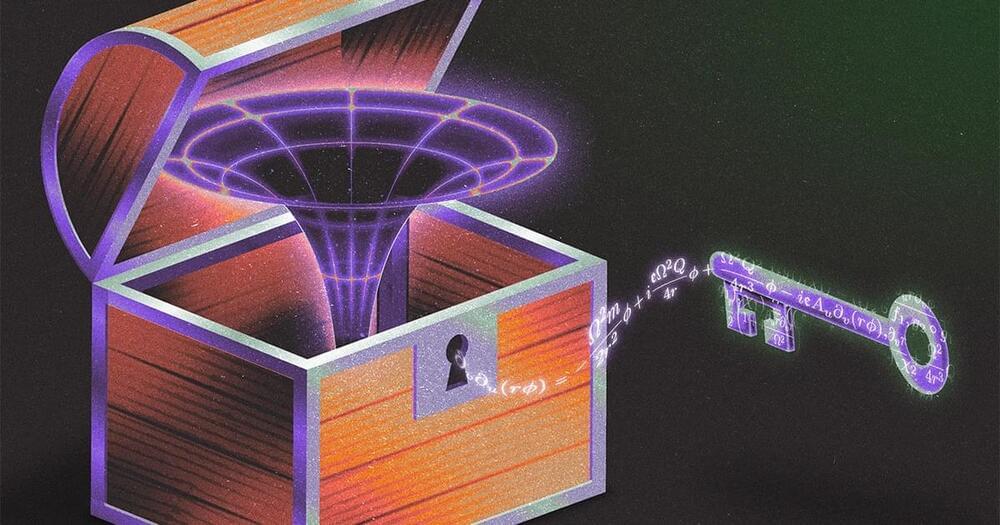Analog in-memory computing recent hardware implementations focused mainly on accelerating inference deployment. In this work, to improve the training process, the authors propose algorithms for supervised training of deep neural networks on analog in-memory AI accelerator hardware.
Read the paper published in our journal Symmetry:, which has been viewed many times, authored by Krzysztof Urbanowski (Uniwersytet Zielonogórski)
Estimates of the Higgs and top quark masses, mH≃125.10±0.14 [GeV] and mt≃172.76±0.30[GeV], based on the experimental result place the Standard Model in the region of the metastable vacuum. A consequence of the metastability of the Higgs vacuum is that it should induce the decay of the electroweak vacuum in the early Universe with catastrophic consequences. It may happen that certain universes were lucky enough to survive the time of canonical decay, that is the exponential decay, and live longer. This means that it is reasonable to analyze conditions allowing for that. We analyze the properties of an ensemble of universes with unstable vacua considered as an ensemble of unstable systems from the point of view of the quantum theory of unstable states. We found some symmetry relations for quantities characterizing the metastable state.
From the high-voltage wires that carry electricity over long distances, to the tungsten filaments in our incandescent lights, we may have become accustomed to thinking that electrical conductors are always made of metal. But for decades, scientists have been working on advanced materials based on carbon-based oligomer chains that can also conduct electricity. These include the organic light-emitting devices found in some modern smartphones and computers.
In quantum mechanics, electrons are not just point particles with definite positions, but rather can become ‘delocalized’ over a region. A molecule with a long stretch of alternating single-and double-bonds is said to have pi-conjugation, and conductive polymers operate by allowing delocalized electrons to hop between pi-conjugated regions – somewhat like a frog hopping between nearby puddles. However, the efficiency of this process is limited by differences in the energy levels of adjacent regions.
Fabricating oligomers and polymers with more uniform energy levels can lead to higher electrical conductivity, which is necessary for the development of new practical organic electronics, or even single-molecule wires.
The newly found antiparticle, called antihyperhydrogen-4, could have a potential imbalance with its matter counterpart that may help scientists understand how our universe came to be.
A task in which participants learned to perform inference led to the formation of hippocampal representations whose geometric properties reflected the latent structure of the task, indicating that abstract or disentangled neural representations are important for complex cognition.
University of Colorado Boulder scientists have discovered that proteins left by COVID-19 can significantly lower cortisol levels in the brain, leading to heightened immune responses to new stressors.
This research, focusing on the neurological symptoms of Long COVID, utilized rats to demonstrate how SARS-CoV-2 antigens persist in the body and alter brain function. This persistent effect could explain the severe and varied symptoms of Long COVID, suggesting potential directions for further research and symptom management strategies.
Understanding covid-19’s long-term impact on the brain.
Researchers using China’s FAST telescope have uncovered six distant galaxies rich in hydrogen and star-forming potential, significantly advancing our understanding of the early universe.
Dr. Hongwei Xi from the National Astronomical Observatories of the Chinese Academy of Sciences (NAOC) and his team have discovered the characteristics of six newly identified high-redshift galaxies. This discovery was made using the Five-hundred-meter Aperture Spherical radio Telescope (FAST) located in Guizhou Province, China. Their findings were published in The Astrophysical Journal Letters.
These remarkable galaxies, whose radio wave emissions have taken almost the age of the solar system to reach us, contain amounts of atomic hydrogen gas that are more than that of the tens of thousands of galaxies previously surveyed in the local universe using other radio telescopes.
Researchers discovered a significant anomalous Hall effect in the magnetic material SrCo6O11 at temperatures above its magnetic transition, where it exhibits a phenomenon known as the “Spin-Fluctuating Devil’s Staircase.” This observation could revolutionize the design of materials for magneto-thermoelectric conversion, impacting the development of new thermoelectric materials.
Here’s a bit of background: When an electric current flows through a metal sample in a magnetic field, it experiences the Lorentz force. This force generates a voltage perpendicular to the magnetic field and current—a phenomenon referred to as the Hall effect.
In magnetic metals, a similar phenomenon—known as the anomalous Hall effect—may occur independently of an external magnetic field, particularly in ferromagnetic materials wherein electron spins are aligned. Generally, this alignment—and thus the anomalous Hall effect—only manifests below a certain temperature, known as the magnetic transition temperature.
Scientists sifting through six billion particle smashups detect roughly 16 “antihyperhydrogen-4” particles, the heaviest antimatter nucleus discovered to date.
A groundbreaking discovery of the heaviest antimatter nucleus yet has been made at the RHIC, involving an antiproton, two antineutrons, and an antihyperon. This research aids in understanding why matter dominates the universe and confirms the fundamental properties of antimatter, suggesting no significant differences in particle decay rates compared to matter.
Discovery of a new antimatter nucleus.
For decades, extremal black holes were considered mathematically impossible. A new proof reveals otherwise.
